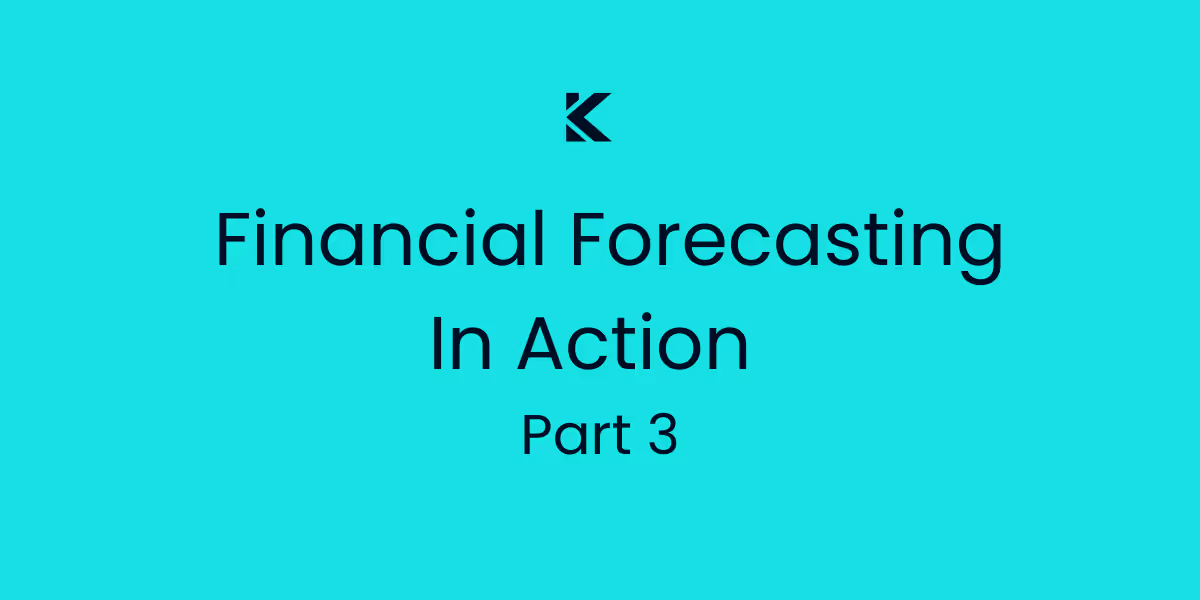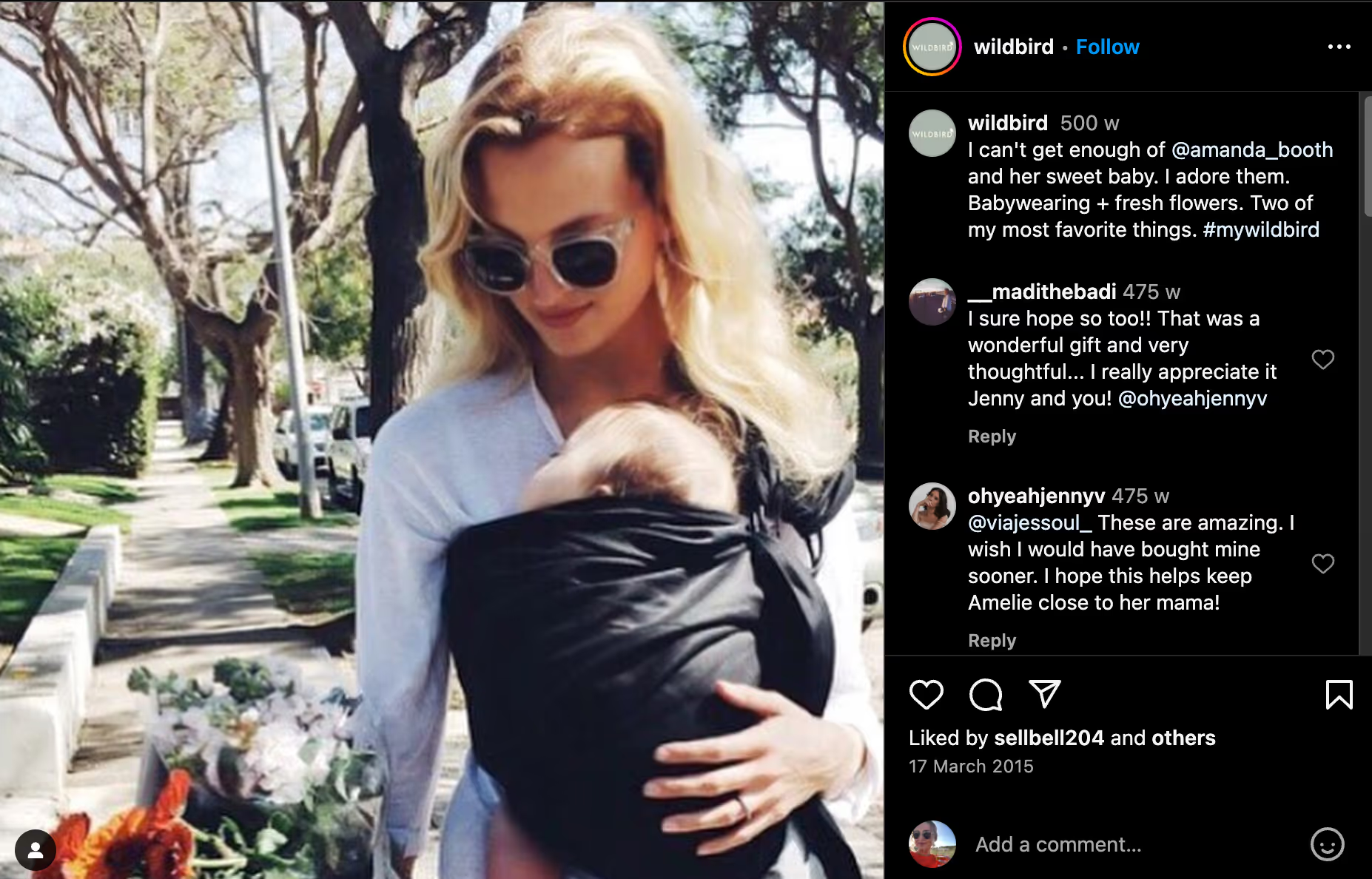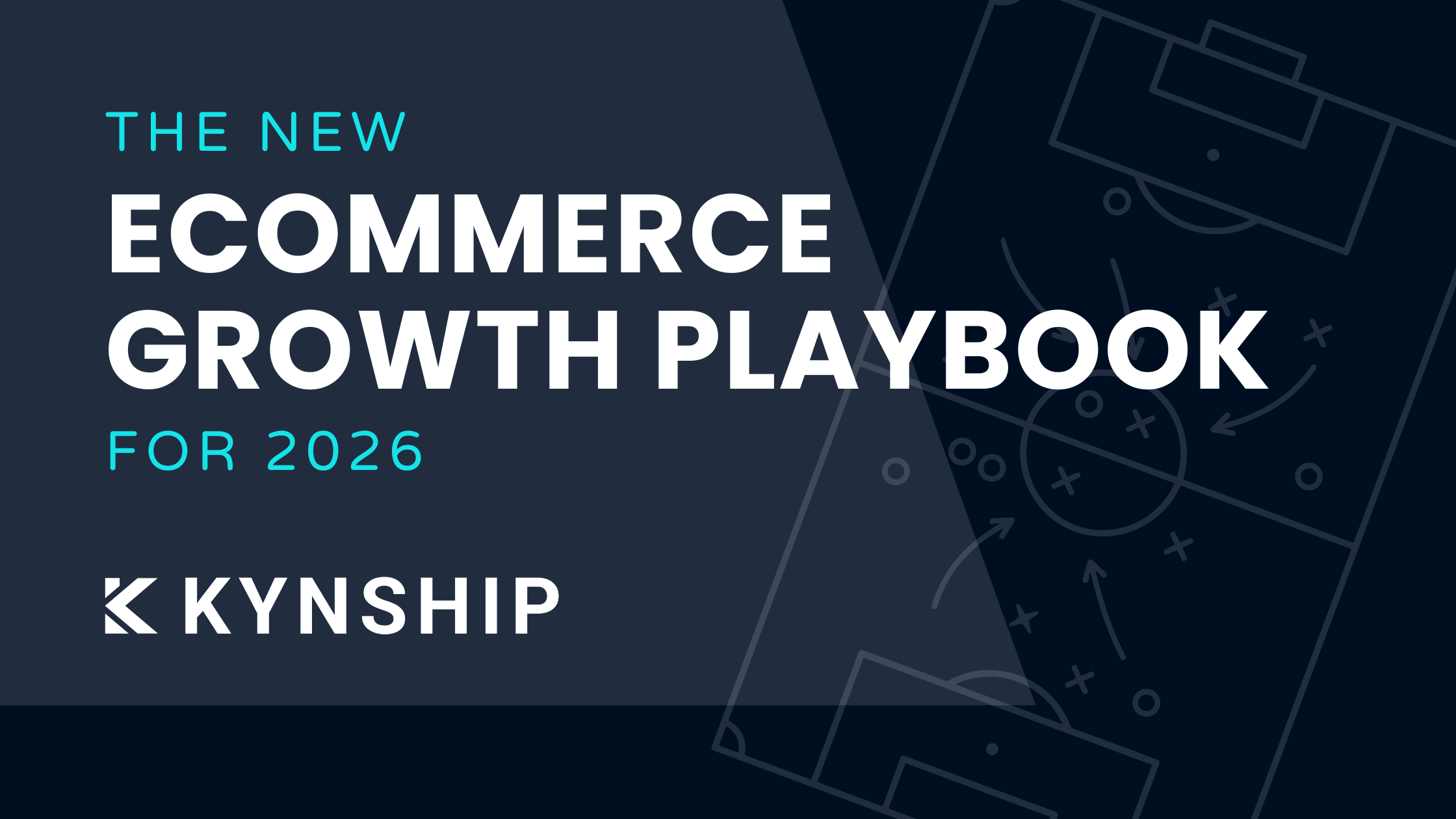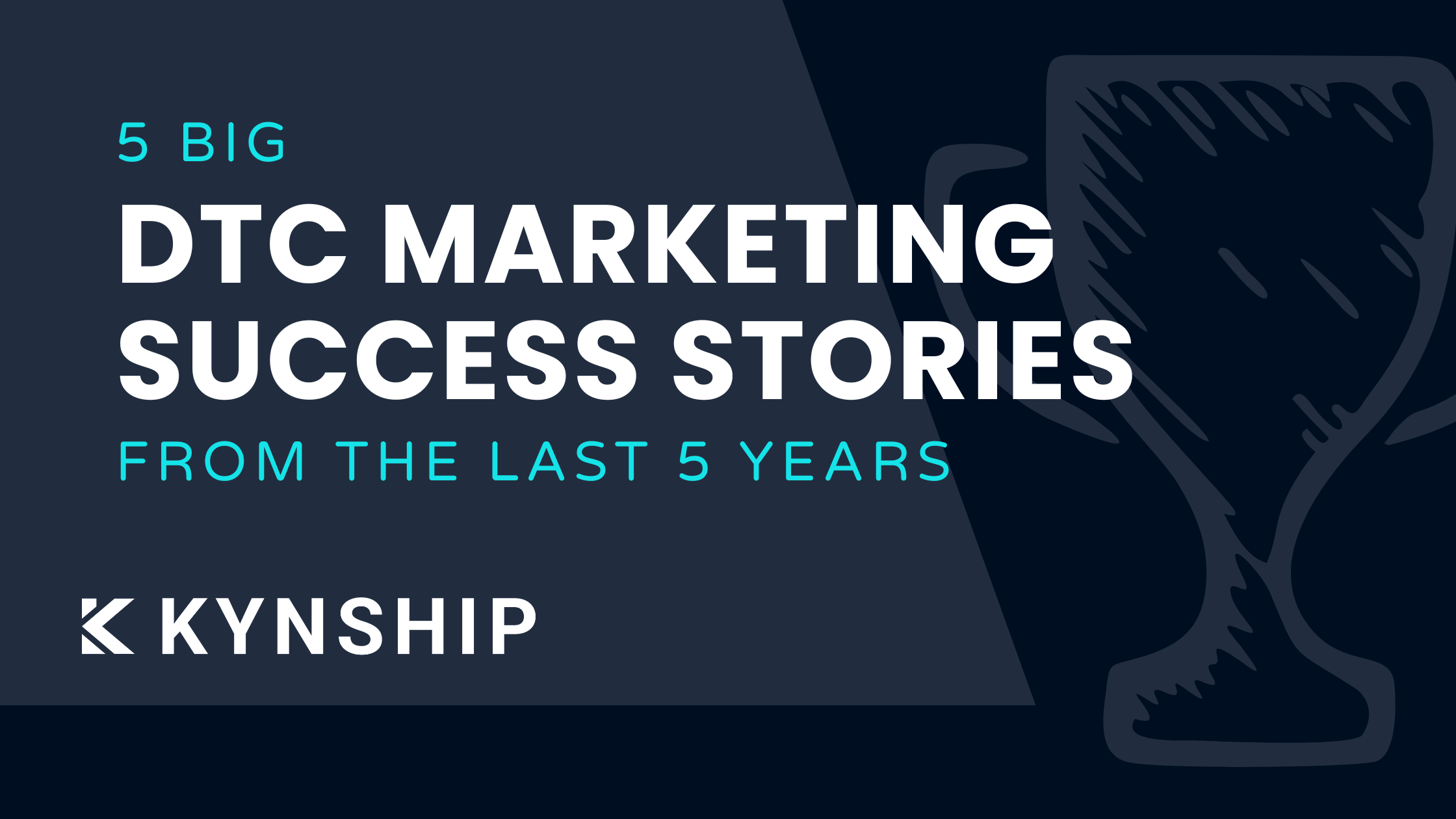Learn by Example: How WildBird Achieved Success via Financial Forecasting

If you’re a newbie to financial forecasting, here’s a quick intro: Financial forecasting is the process of estimating every financial metric in your business. The calculation considers brand seasonality, fixed costs, and a future spend analysis.
In part one, we covered the basics of financial forecasting and why you need it. Part two dived deeper into how you can create and analyze your own forecast.
This article gets up close and personal with Nate Gunn, co-founder at WildBird. They’ve been experiencing crazy growth (with a little help from Kynship 😉). The foundation? Financial forecasting. We’ll discuss all the nitty-gritty and practical details so you can learn by example.
Prefer the audio version? Here’s the interview.
First, a little context on WildBird...
At its core, WildBird is a baby brand. It has been in the space for about a decade, starting with baby carriers and now selling a broader range of baby products.
The founders of WildBird are Nate and Tayler Gunn, a husband and wife duo. They started the business as a side hustle while expecting their first child and later made it a full-time business.
It’s 2014 and WildBird’s Blowing on Instagram With Its UGC
For four years, WildBird was blowing up on Instagram. Moms loved their original product — the Ring Sling baby carrier — and were posting about it all the time on Instagram.

The result? Several million in sales without spending a dime on paid ads. But WildBird hit a wall when it tried to scale further.
WildBird Through the Pandemic
The COVID-19 pandemic hit WildBird hard. They were seeing less and less demand and their profit and loss statement looked dried up.
So they developed and released new products. This wouldn’t work for everyone, but it did for WildBird. The Gunns recognized the need for baby products with a broader appeal — leading to the production of a soft, structured carrier. Under the name of the WildBird brand and label, this product also performed really well.
With the momentum built, WildBird also expanded its product range to pajamas, sleep sacks, and other textiles.
But despite the expansion's success, WildBird was struggling. They weren’t able to scale advertising or maintain profitability while managing a growing inventory. That’s where Kynship came in.
The Kynship Way
Gunns' ultimate goal was to achieve financial freedom and exit the business. Once we learned this at Kynship, we worked backward to achieve that aim via financial forecasting and a solid strategy.
When the Gunns first came to Kynship, the struggle was scaling ad spend across a vast inventory with numerous SKUs. WildBird wanted to be first purchase profitable. In more nitty gritty, the issue was not being able to meet demand. So, financial forecasting became a necessity.
Nate’s team started forecasting top-down:
- Assess the ability to create product (manufacturing capabilities)
- Specify how much you want to make (profit goal)
- Understand the cost (unit economics)
At Kynship, we came from the bottom up:
- What’s the historical data saying?
- What are the unit economics per product?
- How can we help WildBird achieve the desired contribution margin?
WildBird took their top-down approach to forecasting and worked with Kynship from a bottom-up perspective. Together, both parties had:
- A comprehensive outlook on projected revenue
- Exact performance benchmarks WildBird needs to become first purchase profitable
- Ongoing adjustments needed to stay on target
Kynship stepped in to optimize WildBird’s ad spend — focusing on maximizing profitability while scaling. With a cost control bid strategy, ad spend was directed toward high-performing SKUs while reducing money poured into less profitable ones.
Initially, Nate struggled with letting go of creative control. He had to kill his darlings — the super polished creative in favor of whatever’s working best with the algorithm. And what’d you know? The highest-performing creative was a simple screenshot of Tayler marketing one of WildBird’s products.
It’s a good lesson to remember: Everything that gives the best ROI isn’t going to be perfect or in line with your brand standards — especially when you’re playing the creative volume game. Don’t miss out on growth opportunities because you’re afraid to release something off-brand into the world.
And as the saying goes, it takes a village. Nate believed this was true for marketing, too. So, WildBird didn’t rely on paid media alone. Instead, WildBird pulls many levers from email marketing, organic social, and SEO. All of these channels still work in alignment to help WildBird achieve its profit goal.
Does this mean you should focus on every channel simultaneously? Not at all. But don’t make Meta be the end-all, be-all of your entire strategy.
What’s next for WildBird?
WildBird has achieved record-breaking revenue growth since starting to work with Kynship. It is at levels they have never seen before.
And yet: Nate says he feels more freedom than ever before. There’s no pressure or stress because precise financial forecasting makes planning so much easier and cleaner. That level of clarity on financial metrics also helps Nate feel light and secure.
But the growth doesn’t stop here. The next step is to include customer-generated content in addition to UGC and IGC to scale even further. 🚀


5 DTC Marketing Success Stories From The Last 5 Years
Five real DTC marketing success stories from the last five years, breaking down how brands scaled despite rising CAC, creative fatigue, and tougher competition, plus key lessons you can apply today.

The New Ecommerce Growth Playbook For 2026
These are the ecommerce growth marketing strategies we are using right now to successfully scale DTC brands from $2M to $50M.
Bi-weekly tips to reduce your CAC
Join thousands of DTC operators and subscribe to Cut the CAC for insights from the Bottom Line Podcast and Kynship's growth strategies.


.avif)
.avif)
.avif)



